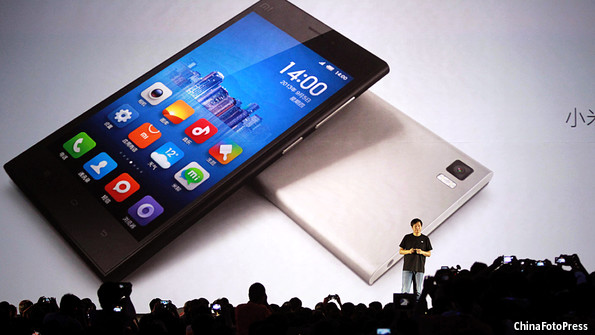
In an online article published by the The Canadian Business Journal, the popular gaming phenomenon, Guitar Hero has been discontinued due to rapidly declining sales. Guitar Hero boasts an unique point of difference, guaranteeing the ultimate music/band jamming simulation experience, which involves a physical plastic instruments to enhance the realism of the game.
However, the very specialty of the game has emerged as a double-edged sword– the bulky peripherals, first set out to be Guitar Hero’s competitive advantage, has ultimately cost the game a sustained customer-gamer base. Like many others games, annual releases of new versions with updated game data, enhanced graphics and more relevant music are a common trend. However, in the case of Guitar Hero, many players have become increasingly reluctant to purchase new versions of the game which includes expensive instrument-shaped peripherals and a couple of new songs.
As a business, especially one in the gaming industry, having a consistent (if not, growing) player base is imperative. Keeping players interested in the form of new versions of the game, should be prioritized. Furthermore, companies have to keep in mind their customer market (teenagers with limited budgets and changing preferences) when creating games, to retain their appeal.
Citations:
1. http://www.cbj.ca/blog/rip-guitar-hero-too-much-of-a-good-thing/
2. http://static.ddmcdn.com/gif/guitar-hero-2.jpg










